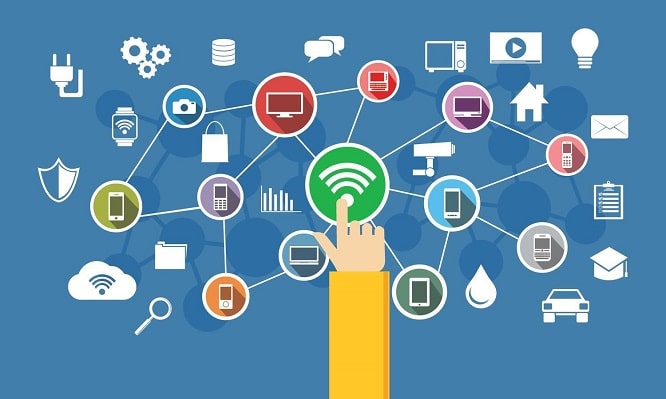Internet speed got a last faster in the pandemic year. Some of that growth was coincidental, but increased demand due to the widespread transition to working from home was a factor as well.
Work From Home Transformed Internet Access in 2021
The changes underway to U.S. internet access were always going to happen eventually, but there is little doubt that the significant number of Americans now working from home accelerated the progress. Prior to the pandemic, the average internet user checked email, surfed the web, interacted on social media, and streamed streaming platforms like Netflix or Flex TV. None of those activities required particularly high-speed internet. When working from home, people now needed to video conference and exchange data in real-time in other ways, and the internet plan that had been good enough simply was not up to the task anymore.
Google Fiber
Perhaps no internet service provider made as many strides in 2021 as Google Fiber, and according to a new report by HighSpeedInternet.com, it was the fastest ISP last year. In this context, fastest is defined as the highest average download and upload speeds based on consumers who tested their internet speed through the free tool available on that website. Google Fiber advertises speeds as high as 2,000 Mbps, but most users opt for a more modest plan, and the 12-month download average was 161.6 Mbps. Google Fiber built out more households in 2021 than any other year of its existence, and the company asserts that it will build out an even higher number of residences in 2022.
Verizon Fios
Coming in at the number two position is Verizon Fiber. In 2021, Verizon Fios advertised a max speed of 940 Mbps, but as of this writing, it had begun rolling out its multi-gig service as well. Verizon Fios did not expand at nearly the same rate as Google Fiber in 2021 and has been rather quiet on that front. The service has excellent coverage in the areas it does serve, such as New York, and it seemed to spend much of its energy in 2021 building out to NYC residences as part of a lawsuit settlement. It has until July 2023 to build out the 500,000 homes to which it agreed in the settlement.
Rural America Still Lags Behind
While average internet speeds are up dramatically across the U.S., much of that improvement is clustered in cities. This is understandable in that fiber rollout is slow and expensive, and companies can get a bigger and faster return on investment in dense urban areas. Most rural Americans do not yet have access to fiber internet. In many cases, they lack access to cable internet as well. DSL has traditionally been a popular rural option, but companies have stopped extending DSL lines as they focus on fiber.
More Rural Options on the Way
The good news is that there is help on the way for rural America. The new infrastructure bill allocates $65 billion to improve rural internet access. Fixed wireless—which uses cellular communication—is becoming more prevalent. It should expand greatly into rural areas in 2022. There is also Starlink, which is the faster satellite-based internet service ever offered. It will become publicly available at some point in 2022, and by the end of the year, Amazon will launch its first Project Kuiper satellites. In the coming years, competition between Space X, Amazon, and others result in wins for rural consumers.


